Who Was Captain Vikram Batra? Life, Kargil War Heroics and Love Story Explained
On his birth anniversary, India remembers Captain Vikram Batra, PVC, for his extraordinary bravery in the Kargil War, his iconic words ‘Yeh Dil Maange More,’ and the love story he left behind with Dimple Cheema.
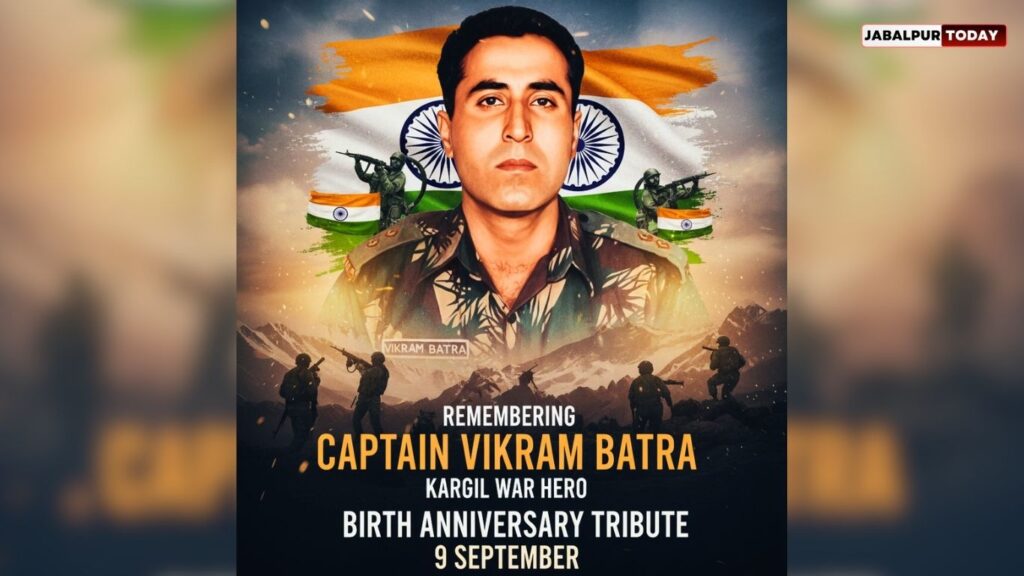
New Delhi: On his birth anniversary, India bows its head to Captain Vikram Batra, PVC (1974–1999) — the young officer whose courage in the Kargil War and words “Yeh Dil Maange More” became part of national memory. At just 24, he lived a life that combined duty, sacrifice, and a love story that remains unmatched.
Early Life in Palampur
Born on 9 September 1974 in Palampur, Himachal Pradesh, Vikram was one of twin brothers, elder to his sibling Vishal by just a few minutes. His father, Girdhari Lal Batra, served as a school principal, while his mother, Kamal Kanta, was a teacher.
From childhood, Vikram stood out for his cheerful nature, leadership in sports, and sharpness in studies. Friends recall him as competitive yet warm-hearted, someone who always dreamt of serving the nation. That dream took shape during his college years at DAV College, Chandigarh, where he joined the NCC (National Cadet Corps) and decided to pursue a career in the armed forces.
From Cadet to Officer
In June 1996, Vikram joined the Indian Military Academy in Dehradun, where he quickly stood out for his leadership and determination. On 6 December 1997, he was commissioned as a Lieutenant in the 13 Jammu & Kashmir Rifles, marking the beginning of his remarkable military career.
His early postings included Sopore in Baramulla, Jammu & Kashmir, where he gained experience in counter-insurgency operations. Fellow officers recall his energy, discipline, and his way of inspiring trust even in the most tense situations.
“Congratulations, Mrs. Batra”: A small promise that became a lifetime
In 1995, during his studies at Panjab University, Chandigarh, Vikram met Dimple Cheema. What began as friendship turned into a quiet, steady relationship. They often walked together, visited temples and gurudwaras, and discussed a future that seemed certain.
Before leaving for Kargil, they visited Gurudwara Sri Nada Sahib. During the parikrama, Vikram walked four rounds with Dimple, gently holding her dupatta, and whispered softly: “Congratulations, Mrs. Batra.”
That symbolic vow stayed with Dimple forever. After his martyrdom, she chose never to marry. In her own words, she says: “I never felt that I need to marry. For me, Vikram is still with me, everywhere I go.”
Bravery in the Kargil War
In the summer of 1999, during Operation Vijay, Captain Vikram Batra and his battalion were sent to recapture mountain peaks that had been taken over by Pakistani forces.
One of Captain Batra’s first major missions was the capture of Point 5140. Despite the steep climb and constant enemy fire, he led his men from the front, motivating them at every step. Against all odds, they successfully captured the peak. Reporting the victory, he exclaimed with excitement: “Yeh Dil Maange More!” — words that soon became a symbol of courage and India’s rallying cry during the Kargil War.
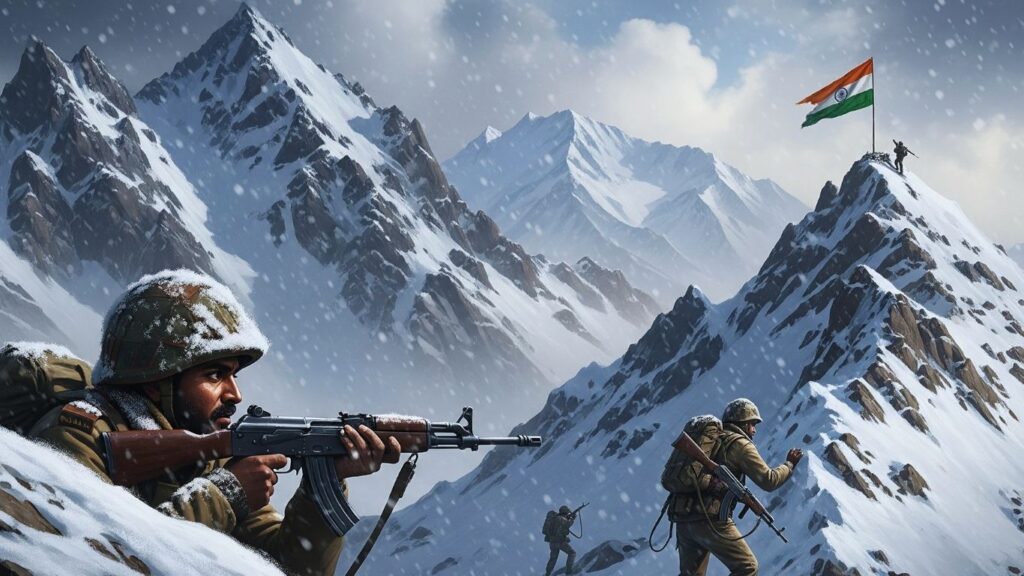
A few weeks later, he was assigned to capture Point 4875, a crucial peak overlooking the Srinagar–Leh highway. Once again, he moved ahead of his men, destroying enemy bunkers and leading from the front. When a fellow officer was badly injured, he rushed to save him. At that moment, while performing this brave act, he was hit by enemy fire.
Captain Batra’s fearless spirit was summed up in his own words before the battle: “Either I will come back after hoisting the Tricolour, or I will come back wrapped in it. But I will come back for sure.” On 7 July 1999, at just 24 years old, he laid down his life for his country. The mission was a success, the Indian flag was raised, and his courage became part of the nation’s history.
Honours, Awards, and How the Nation Remembers Captain Vikram Batra
Captain Vikram Batra’s extraordinary bravery and selfless service earned him the Param Vir Chakra (PVC) — India’s highest wartime gallantry award — posthumously. This recognition immortalized his courage and leadership during the Kargil War, making him one of the nation’s most celebrated heroes. Beyond the Param Vir Chakra, his life and legacy are honoured through a variety of memorials and initiatives, ensuring that future generations never forget his sacrifice.
The nation continues to celebrate and preserve his memory in many ways:
- Institutions and Schools: Several schools and colleges in his home district and beyond now proudly carry his name, keeping his memory alive for students and future generations.
- Roads and Public Spaces: Landmarks like Delhi’s Mukarba Chowk and its flyover have been officially renamed in his honour, making his name a part of everyday life.
- Kargil Vijay Diwas: Every year, the Indian Army and government commemorate his heroic deeds on this day, reminding the nation of his bravery and sacrifice.
- Iconic Words: His famous battle cry, “Yeh Dil Maange More!”, continues to inspire people and is replayed in documentaries, school programs, and military recounts.
- On the Big Screen: The 2021 film Shershaah brought his story to a wider audience, highlighting both his extraordinary courage on the battlefield and his touching love story with Dimple Cheema.
Also Read: Half of India Is Cheating: Ashley Madison Data Exposes Nation’s Shifting Affair Culture
A Legacy That Inspires
Captain Vikram Batra was more than a soldier. He was a son, a brother, a friend, and a man deeply in love. His bravery on the battlefield, his unwavering commitment to his comrades, and his tender yet powerful love story have made him a legend.
On his 51st birth anniversary, India remembers him not just as the Sher Shah of Kargil but as a reminder of what it means to live with courage, love, and selflessness. His story is not only written in history books — it lives in the hearts of millions who continue to draw inspiration from his life.
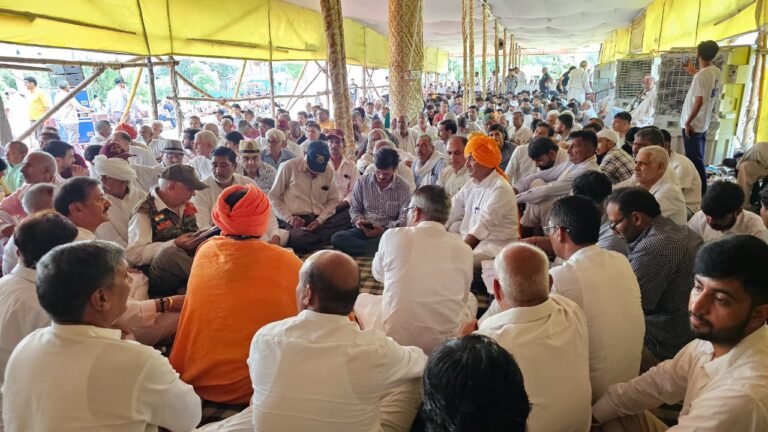
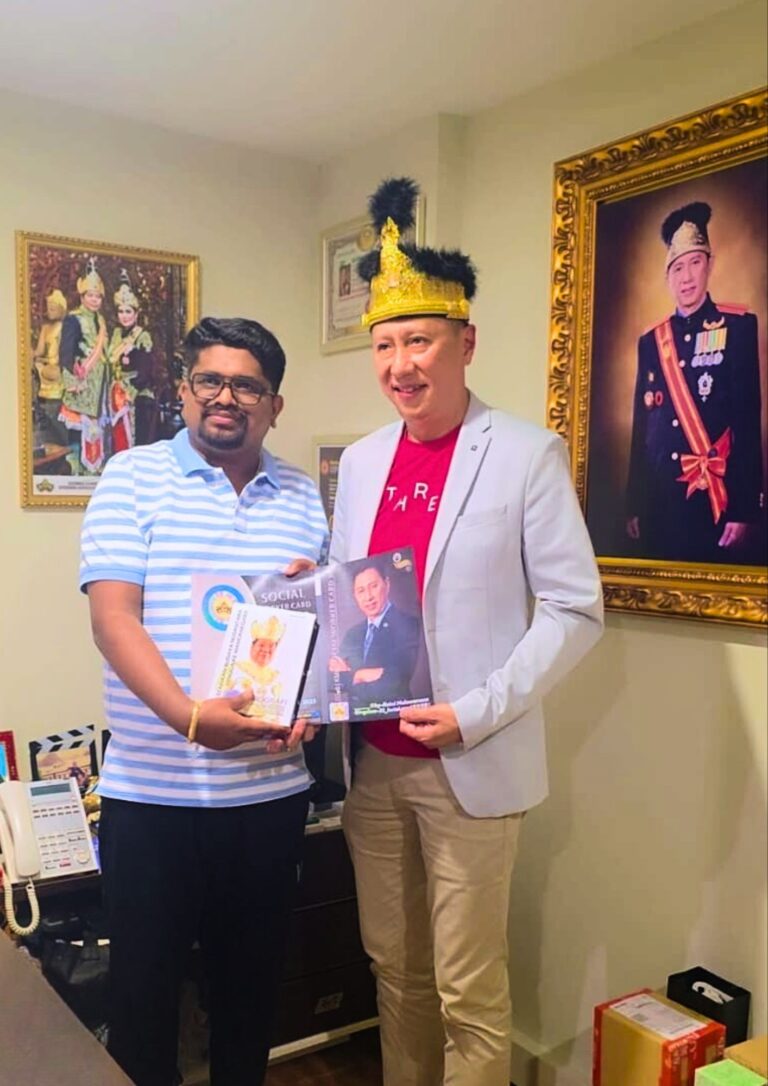
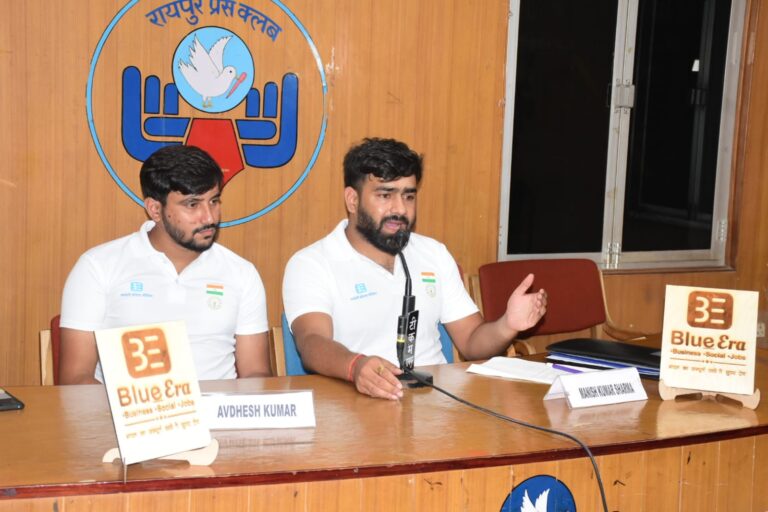
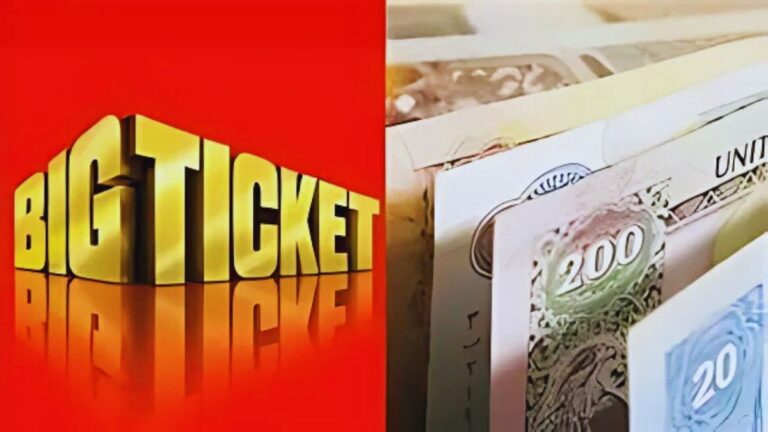
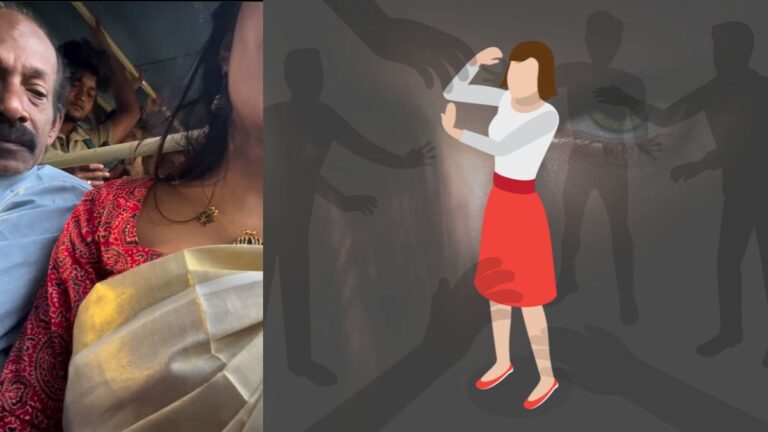
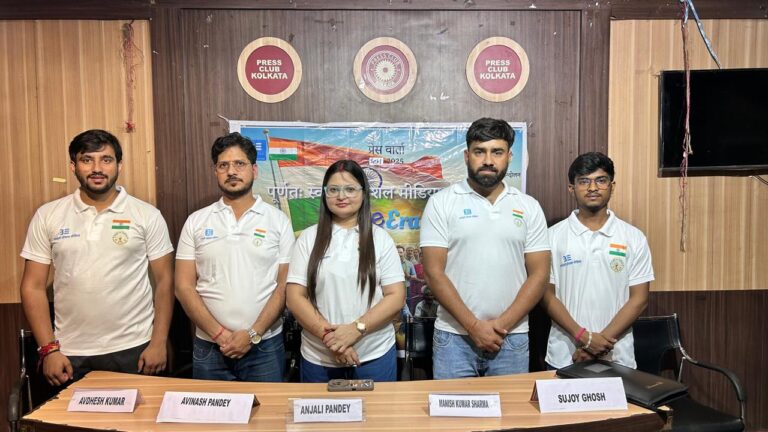
No Comments Yet